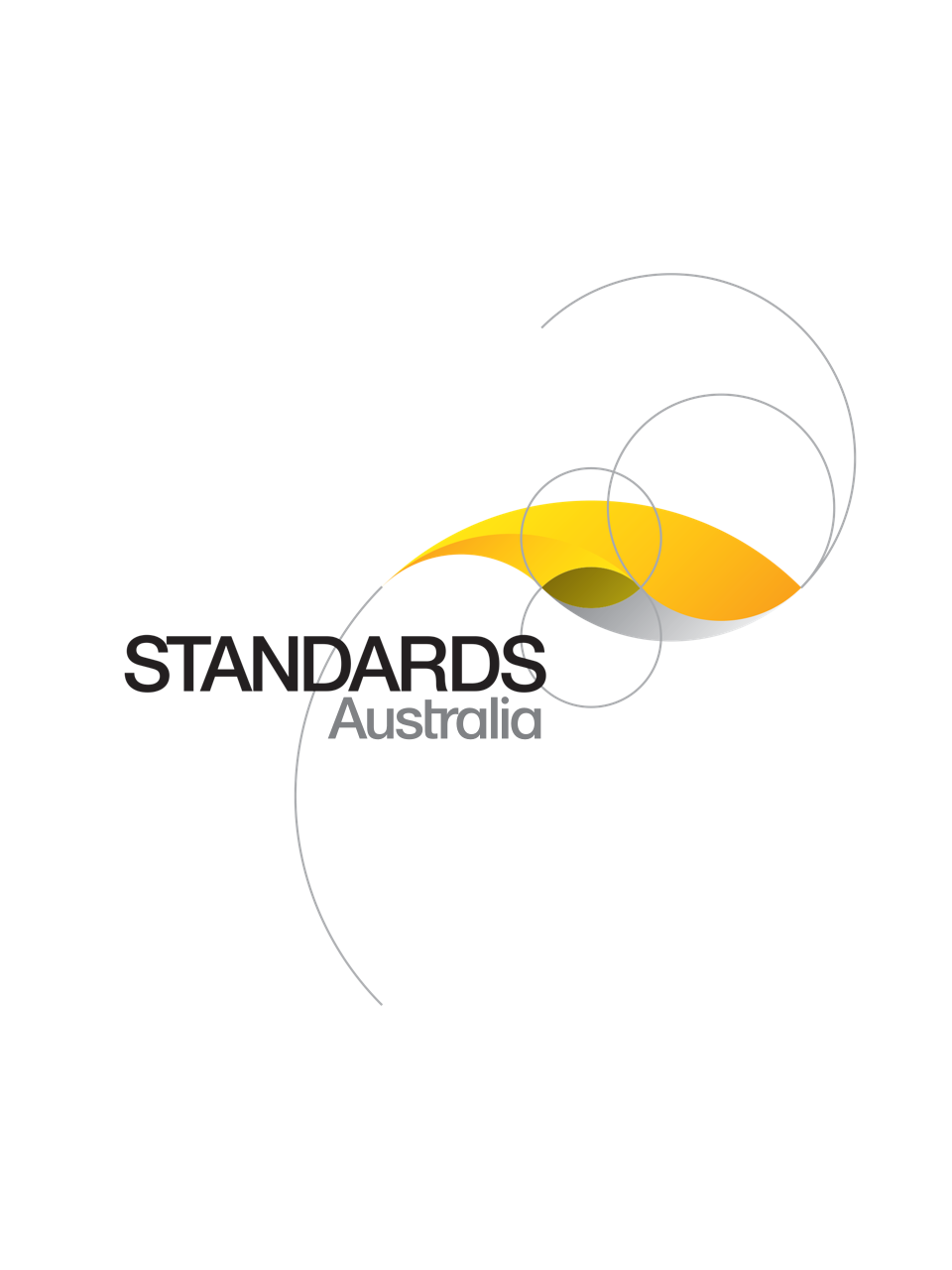Standard
Track updates
AS ISO/IEC/IEEE 29119.5:2018
[Current]Adopts ISO/IC/IEEE 29119-5:2016 to define an efficient and consistent solution for Keyword-Driven Testing.
Published: 07/08/2018
Pages: 52
Table of contents
Cited references
Content history
Table of contents
Header
About this publication
Preface
Foreword
Introduction
1 Scope
2 Conformance
2.1 Intended usage
2.2 Full conformance
2.3 Tailored conformance
3 Normative references
4 Terms and definitions
5 Introduction to Keyword-Driven Testing
5.1 Overview
5.2 Layers in Keyword-Driven Testing
5.2.1 Overview
5.2.2 Domain layer
5.2.3 Test interface layer
5.2.4 Multiple layers
5.3 Types of keywords
5.3.1 Simple keywords
5.3.2 Composite keywords
5.3.3 Navigation/interaction (input) and verification (output)
5.3.4 Keywords and test result
5.4 Keywords and Data
6 Application of Keyword-Driven Testing
6.1 Overview
6.2 Identifying keywords
6.3 Composing test cases
6.4 Keywords and data-driven testing
6.5 Modularity and refactoring
6.6 Keyword-Driven Testing in the Test Design Process
6.6.1 Overview
6.6.2 TD1 Identify Feature Sets
6.6.3 TD2 Derive Test Conditions
6.6.4 TD3 Derive Test Coverage Items
6.6.5 TD4 Derive Test Cases
6.6.5.1
6.6.5.2 Determine pre-conditions
6.6.5.3 Select input values
6.6.5.4 Select actions
6.6.5.5 Determine expected results
6.6.6 TD5 Assemble Test Sets
6.6.7 TD6 Derive Test Procedures
6.7 Converting non keyword-driven test cases into Keyword-Driven Testing
7 Keyword-Driven Testing Frameworks
7.1 Overview
7.2 Components of a Keyword-Driven Testing framework
7.2.1 Overview
7.2.2 Keyword-driven Editor
7.2.3 Decomposer
7.2.4 Data sequencer
7.2.5 Manual test assistant
7.2.6 Tool bridge
7.2.7 Test execution environment and execution engine
7.2.8 Keyword library
7.2.9 Data
7.2.10 Script repository
7.3 Basic attributes of the Keyword-Driven Testing framework
7.3.1 General information on basic attributes
7.3.2 General attributes
7.3.3 Dedicated keyword-driven editor (tool)
7.3.4 Decomposer and data sequencer
7.3.5 Manual test assistant (tool)
7.3.6 Tool bridge
7.3.7 Test execution engine
7.3.8 Keyword library
7.3.9 Script repository
7.4 Advanced attributes of frameworks
7.4.1 General information on advanced attributes
7.4.2 General attributes
7.4.3 Dedicated keyword-driven editor (tool)
7.4.4 Decomposer and data sequencer
7.4.5 Manual test assistant
7.4.6 Tool bridge
7.4.7 Test execution environment and execution engine
7.4.8 Keyword library
7.4.9 Test data support
7.4.10 Script repository
8 Data interchange
Annex A
Annex B
B.1 General benefits of Keyword-Driven Testing
B.2 Benefits of Keyword-Driven Testing for test automation
B.3 Benefits of Keyword-Driven Testing for manual testing
B.4 Possible issues with Keyword-Driven Testing
Annex C
C.1 General
C.2 Identifying Keywords
C.3 Composing test cases
Annex D
D.1 Overview – Roles and Tasks
D.2 Domain expert
D.3 Test designer
D.4 Test automation expert
Annex E
E.1 Overview
E.2 Basic keywords for a GUI
E.3 Example application of basic keywords
Annex F
F.1 Overview
F.2 Example: test procedure from ISO/IEC/IEEE 29119-3
F.3 Example: Test of shopping procedure with low-level keywords
F.4 Example for calculator with low-level keywords
F.5 Example for calculator with domain level keywords
Annex G
Cited references in this standard
